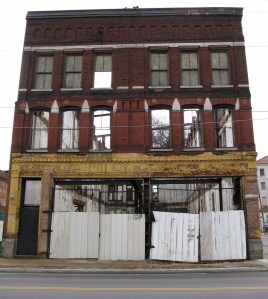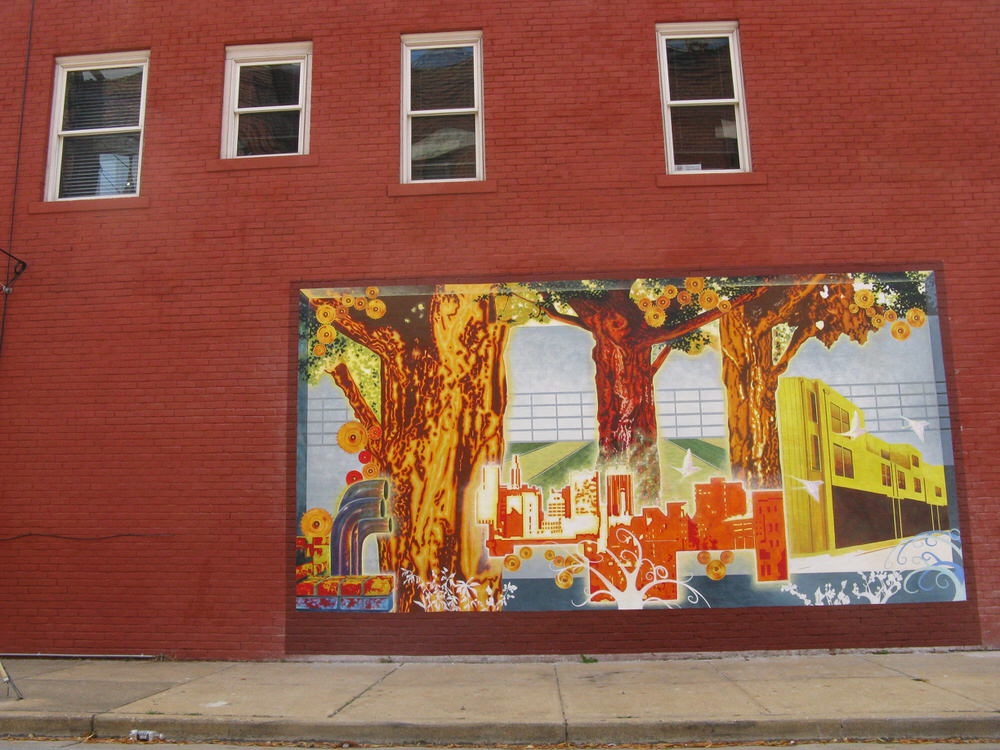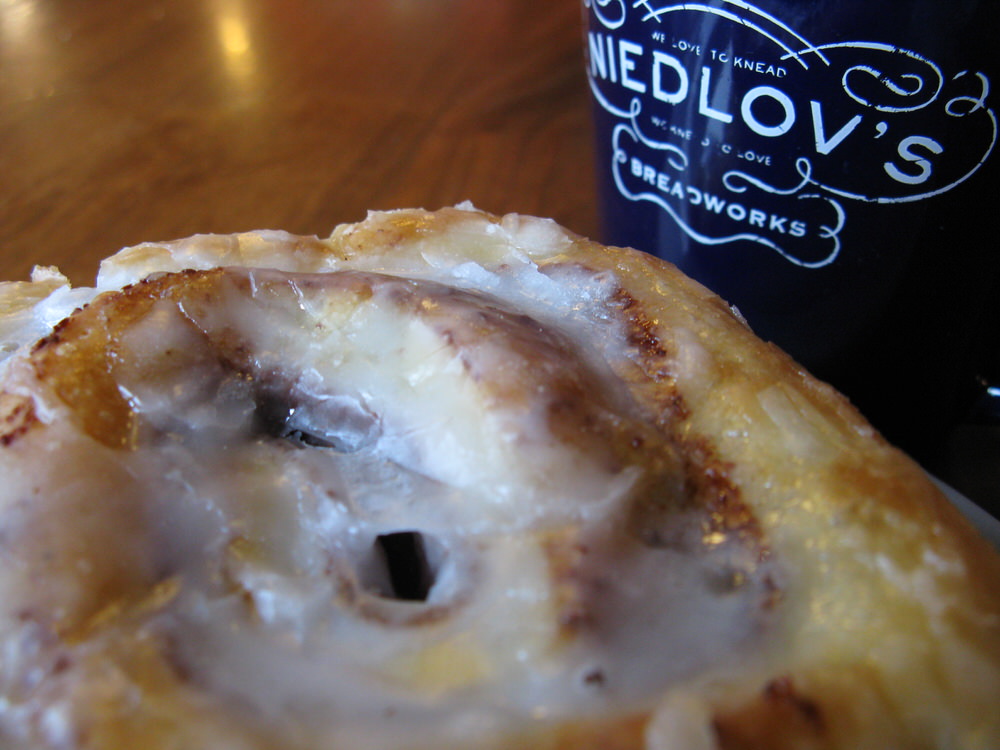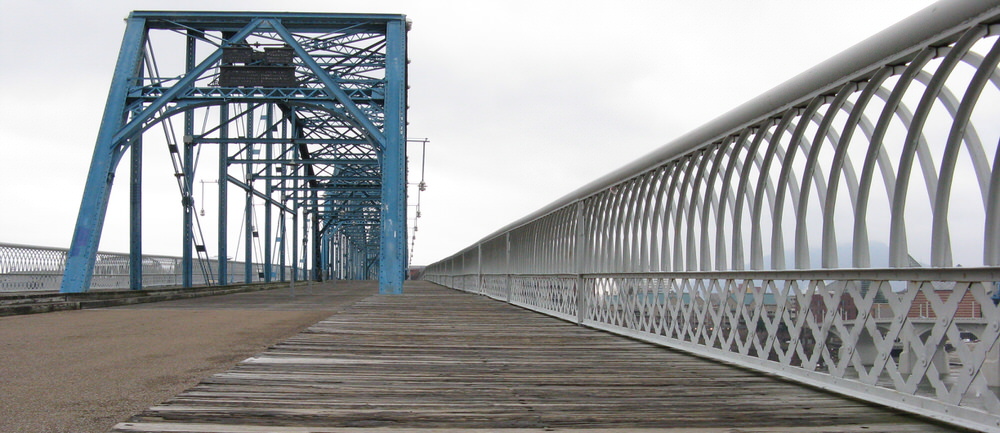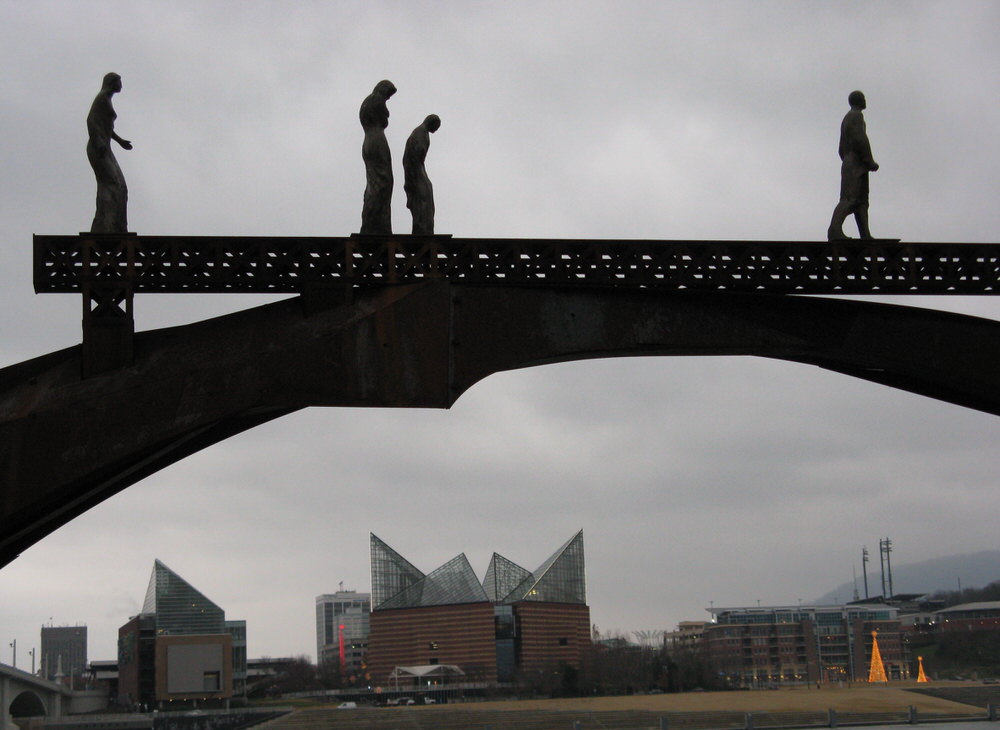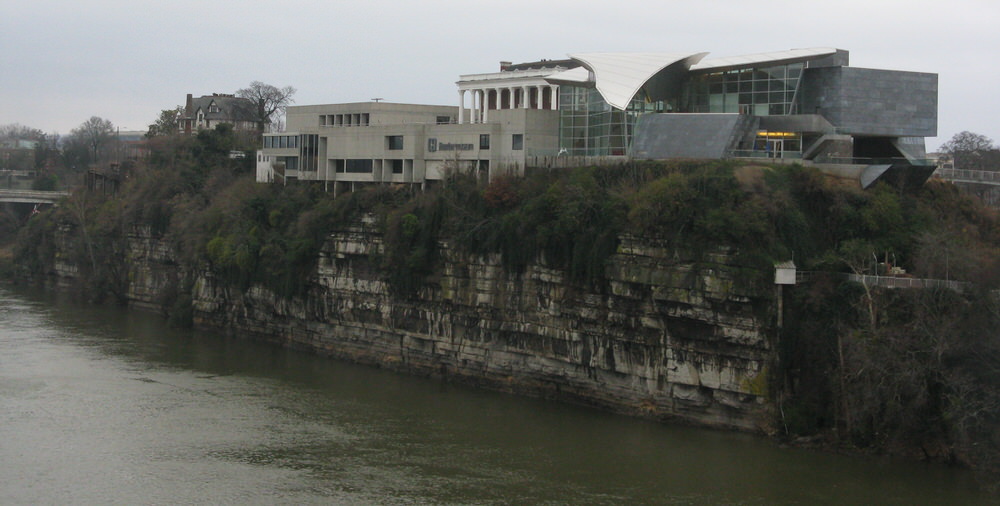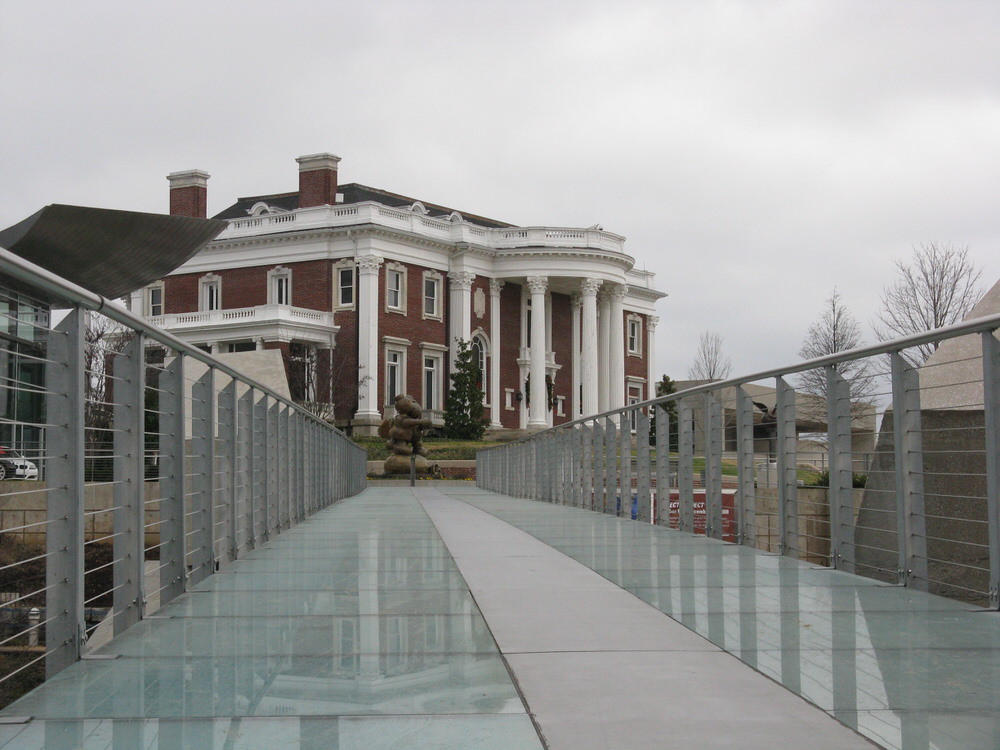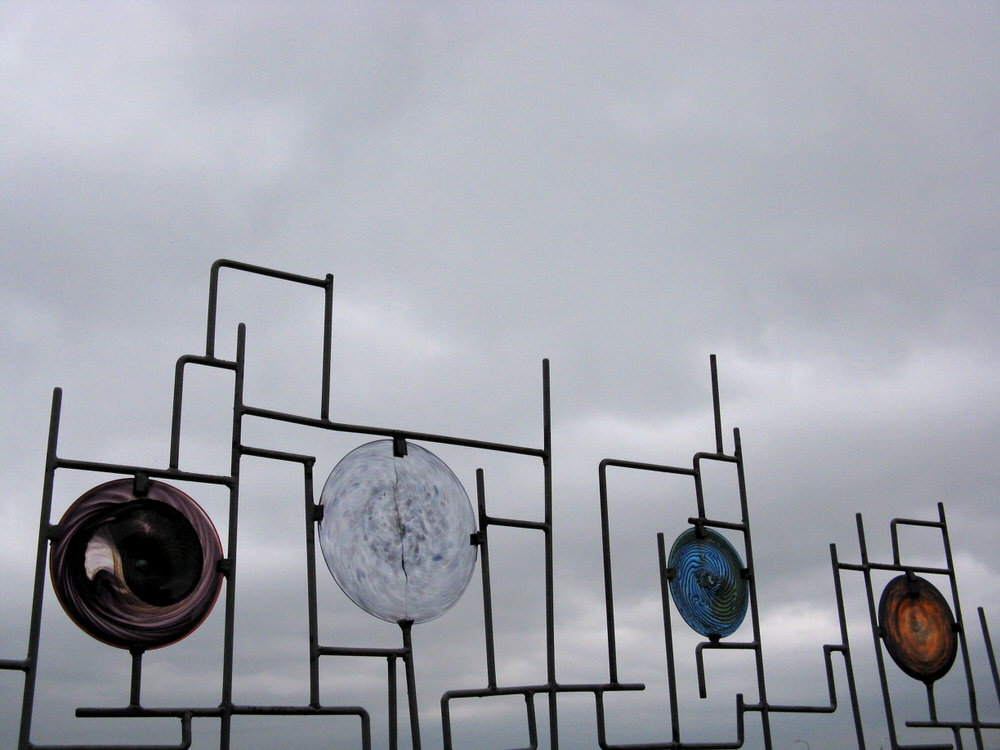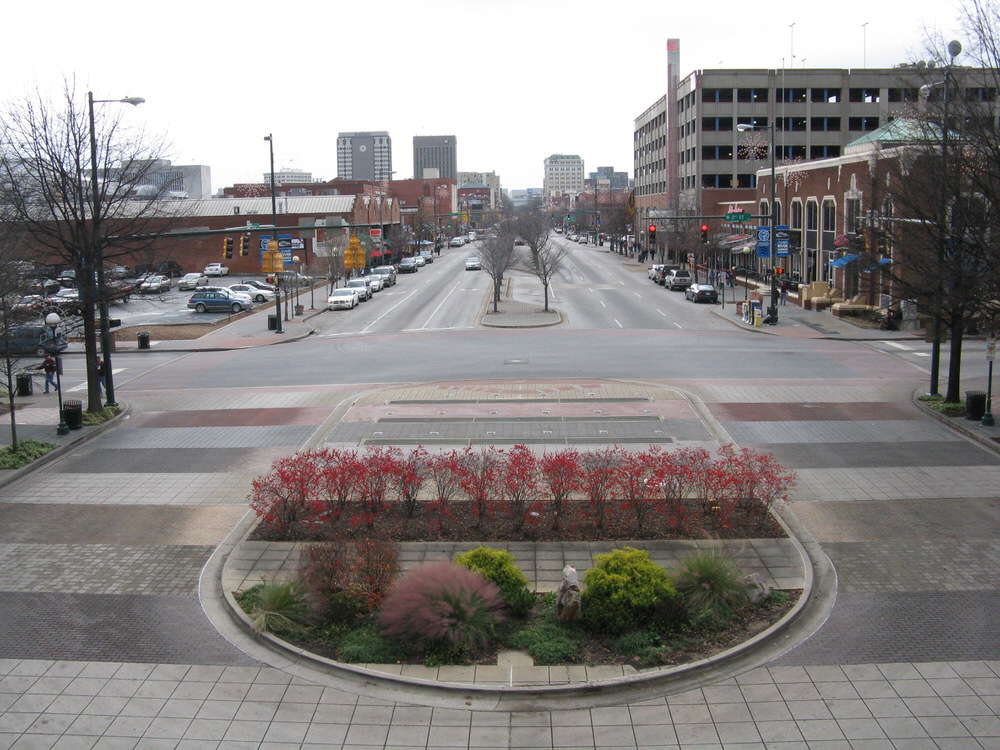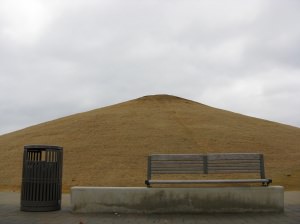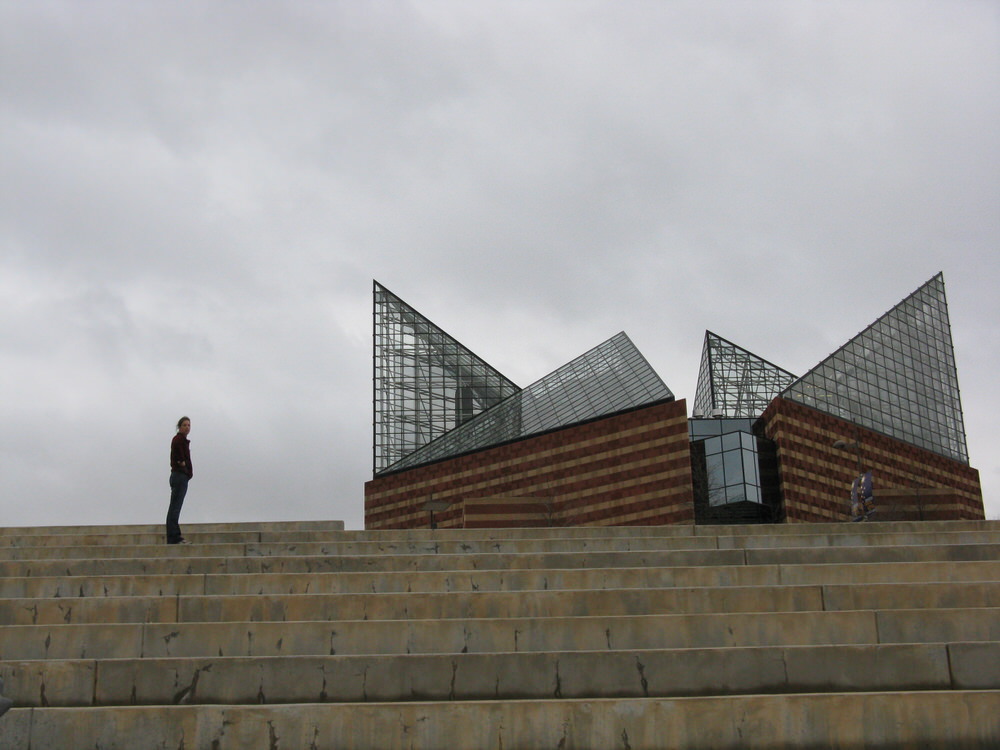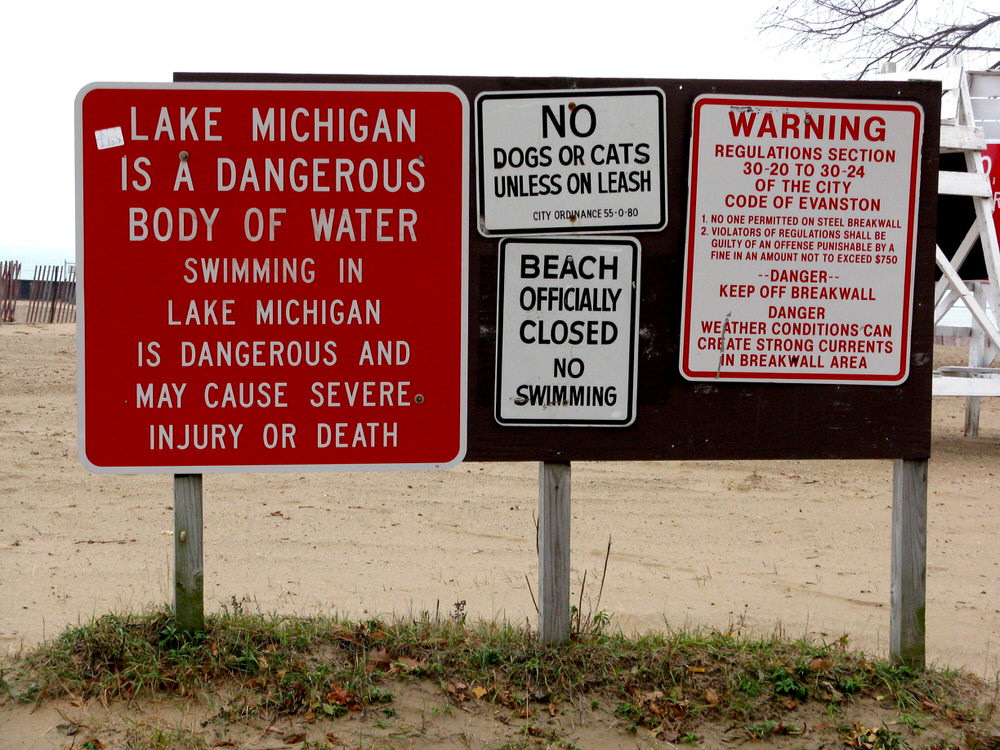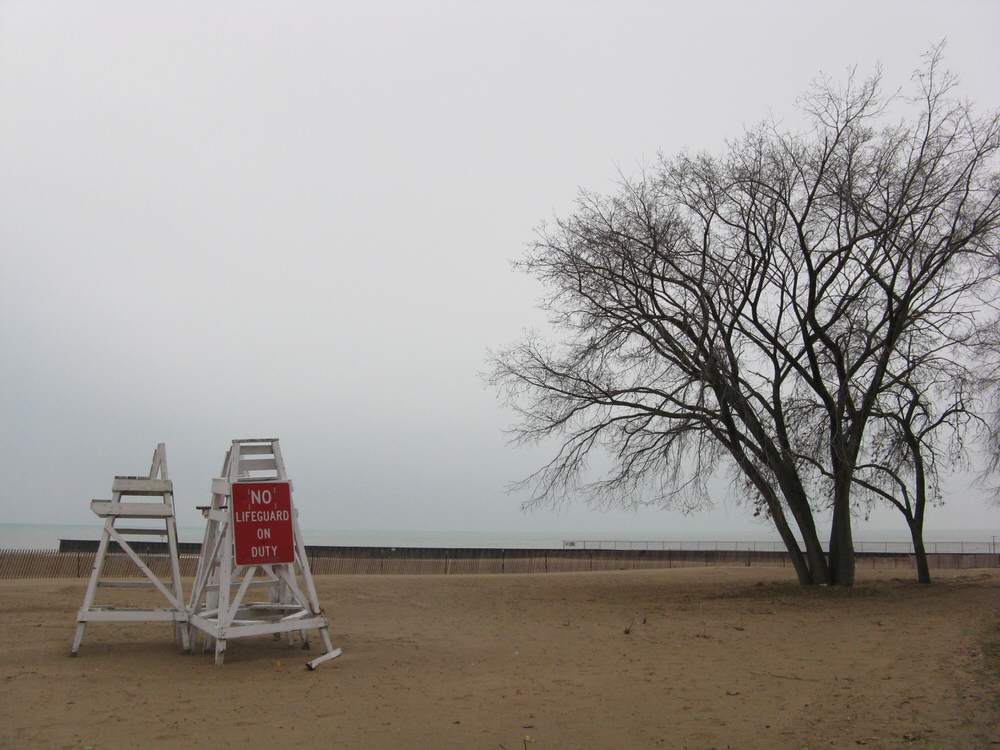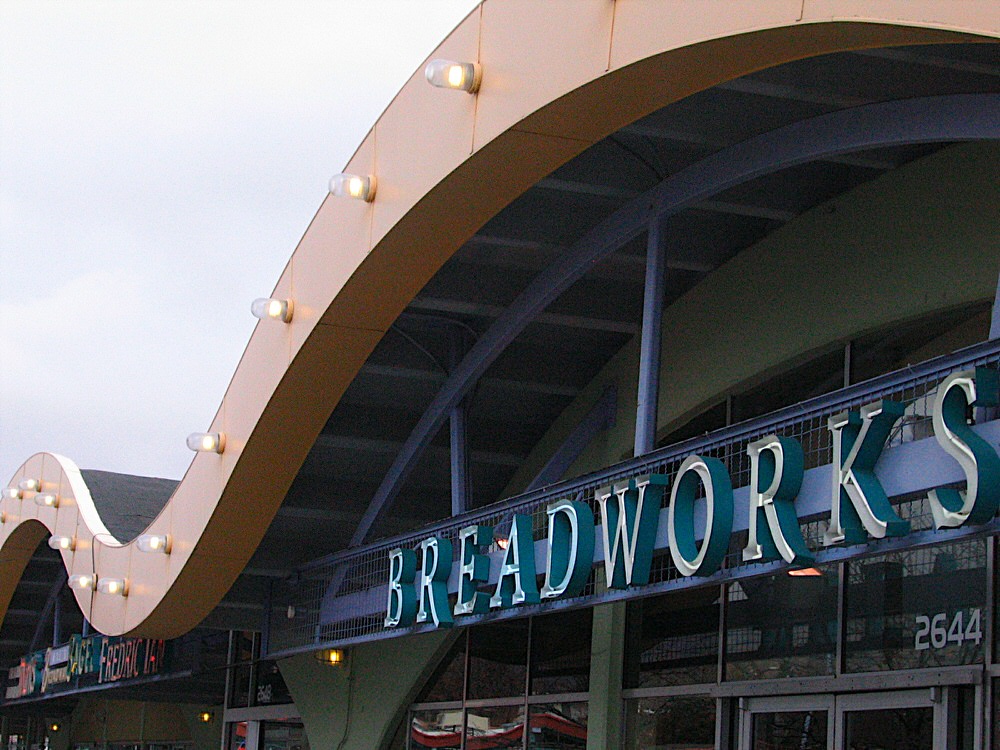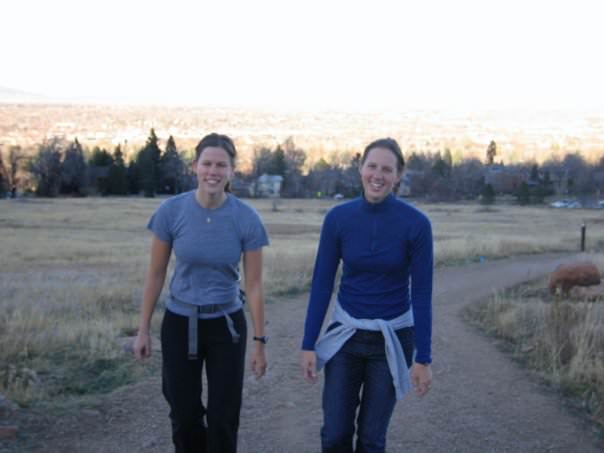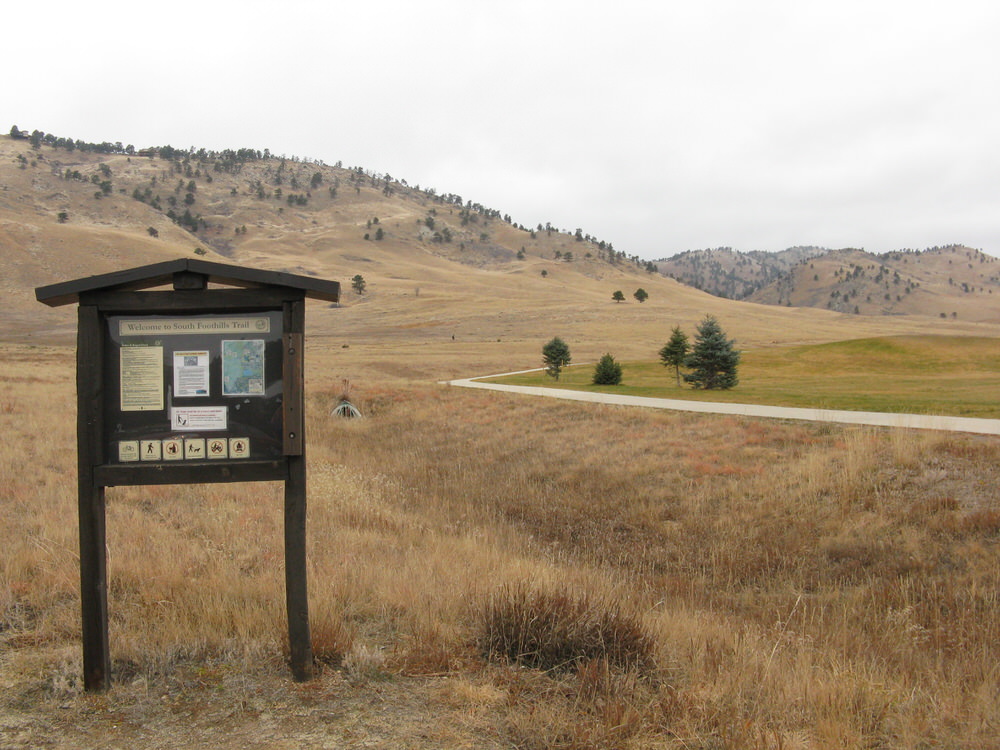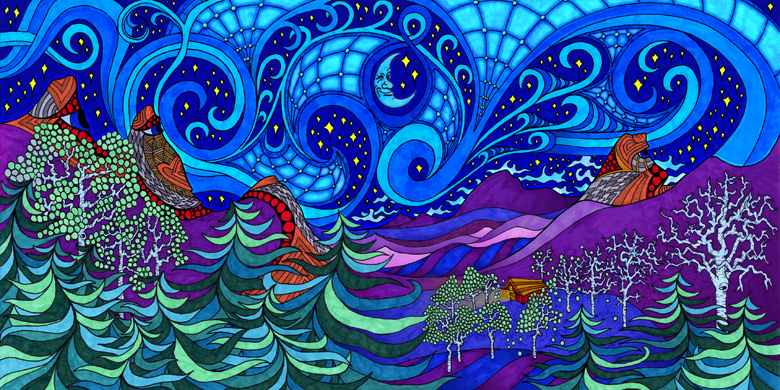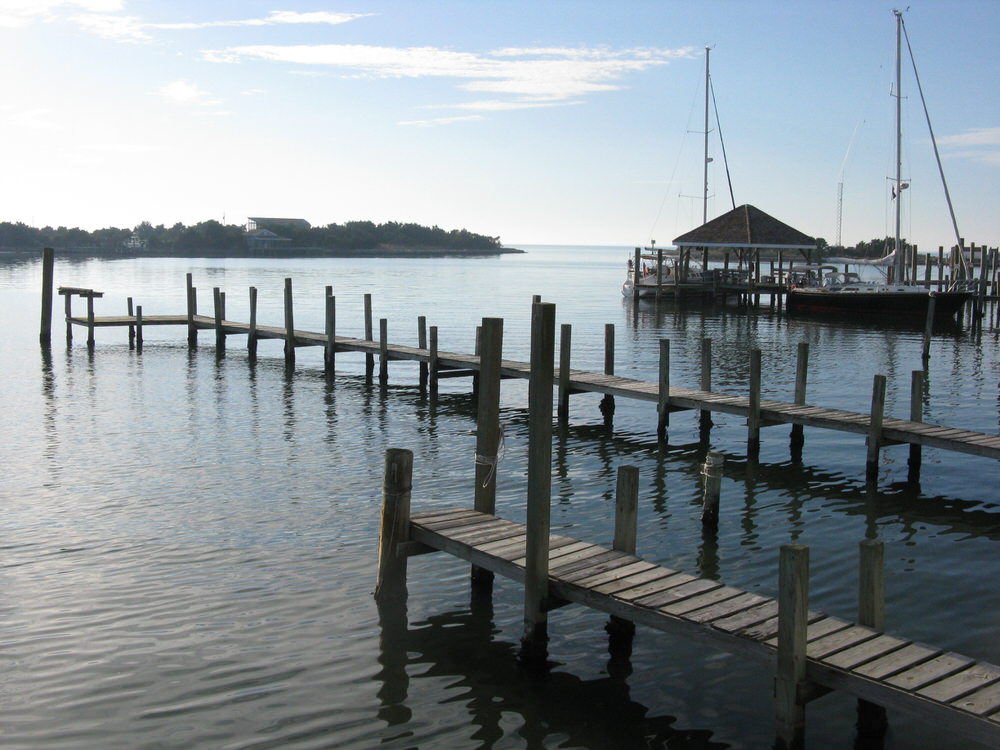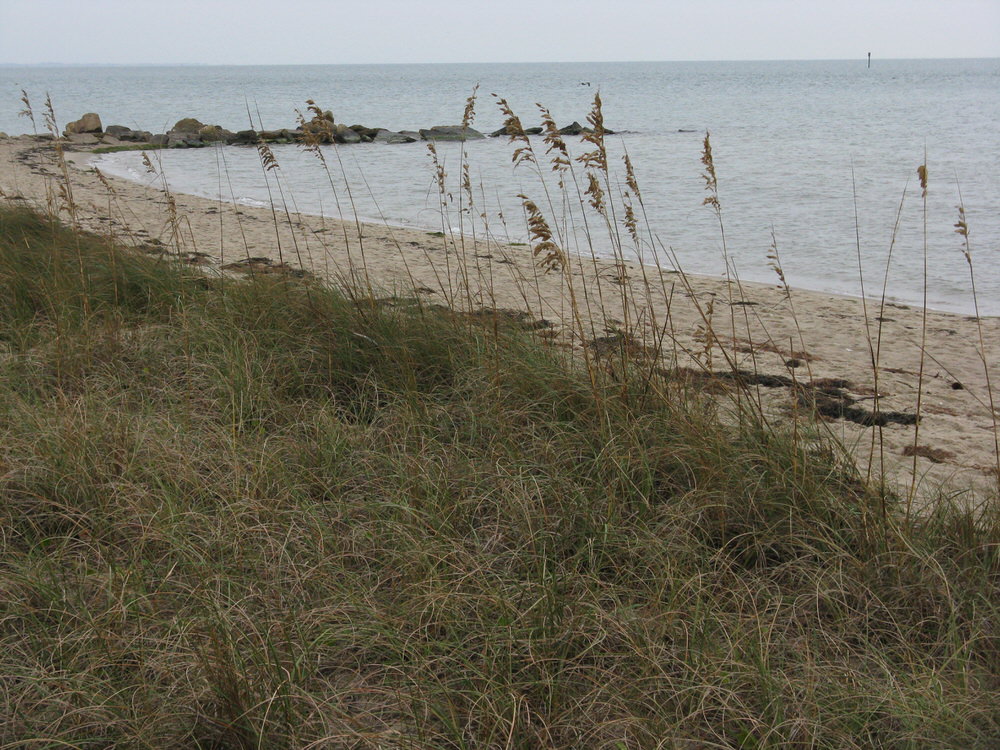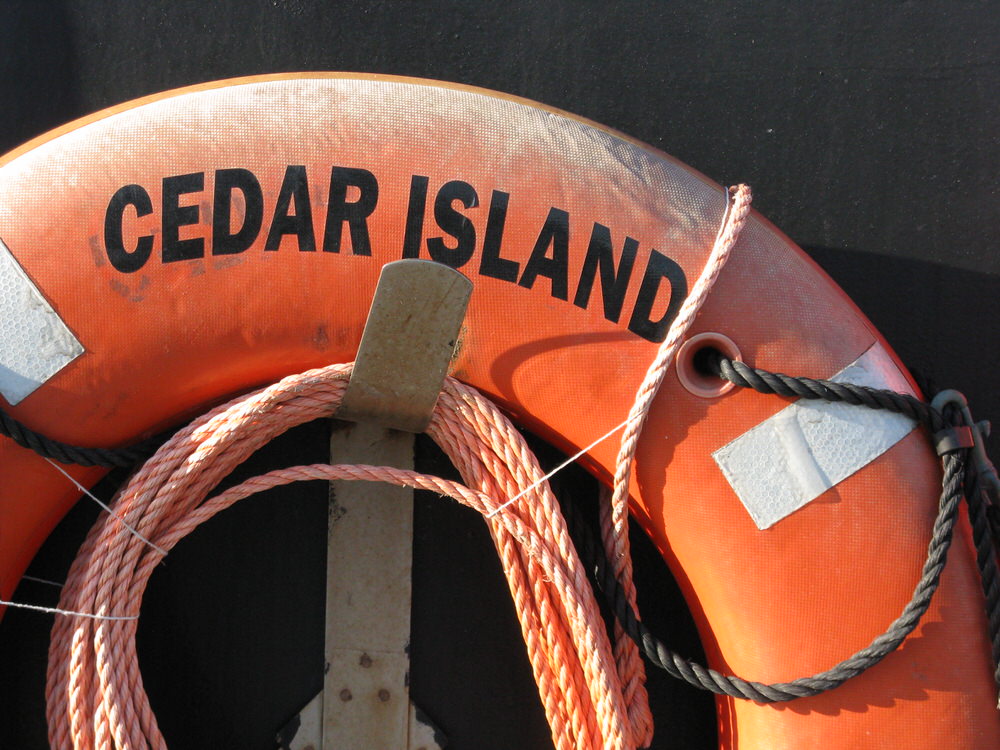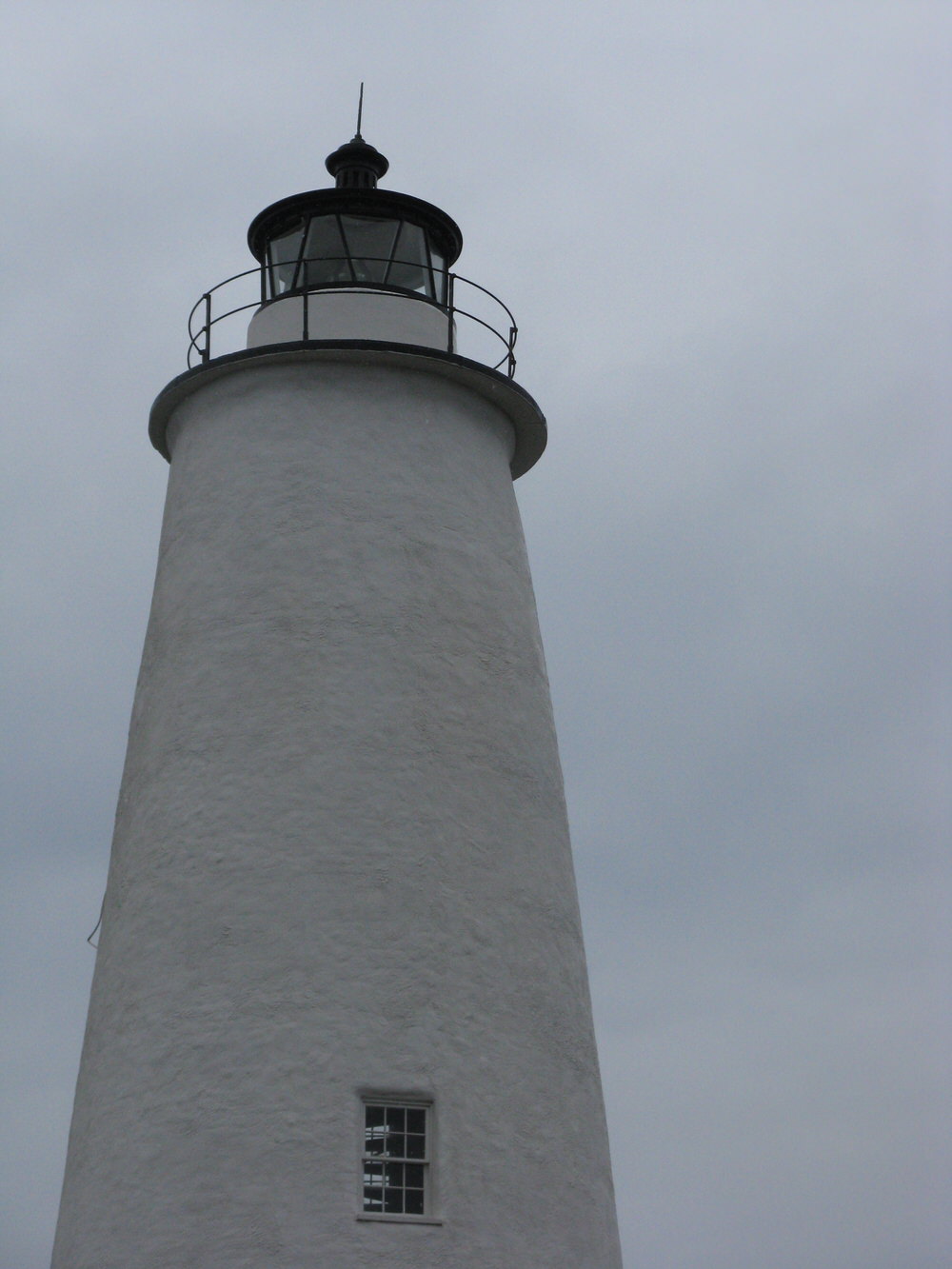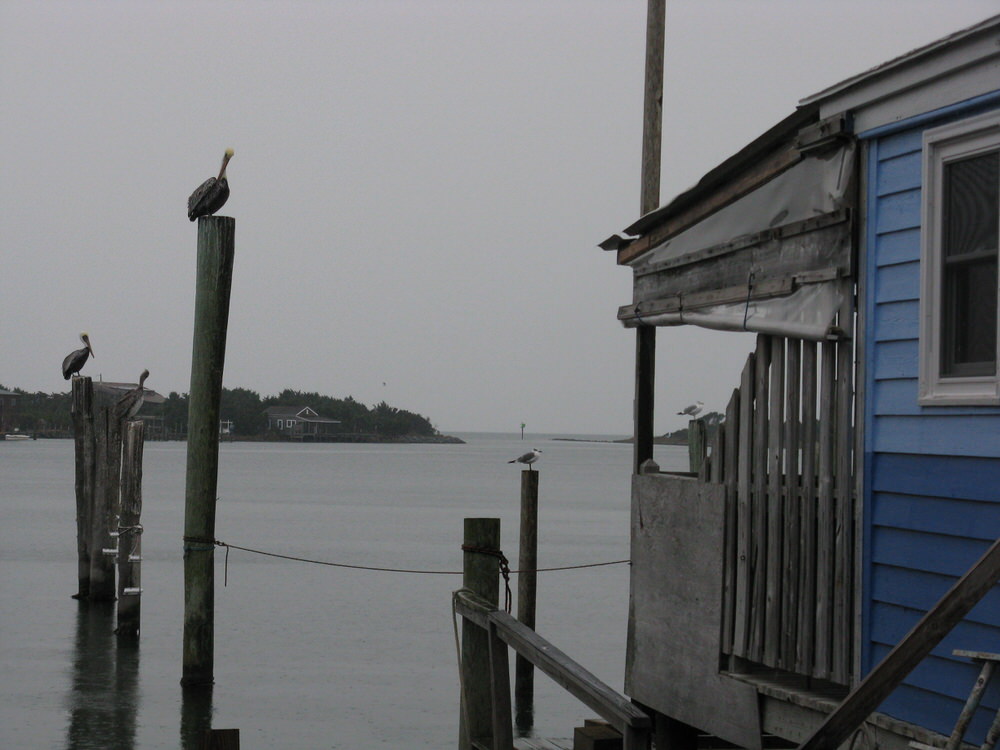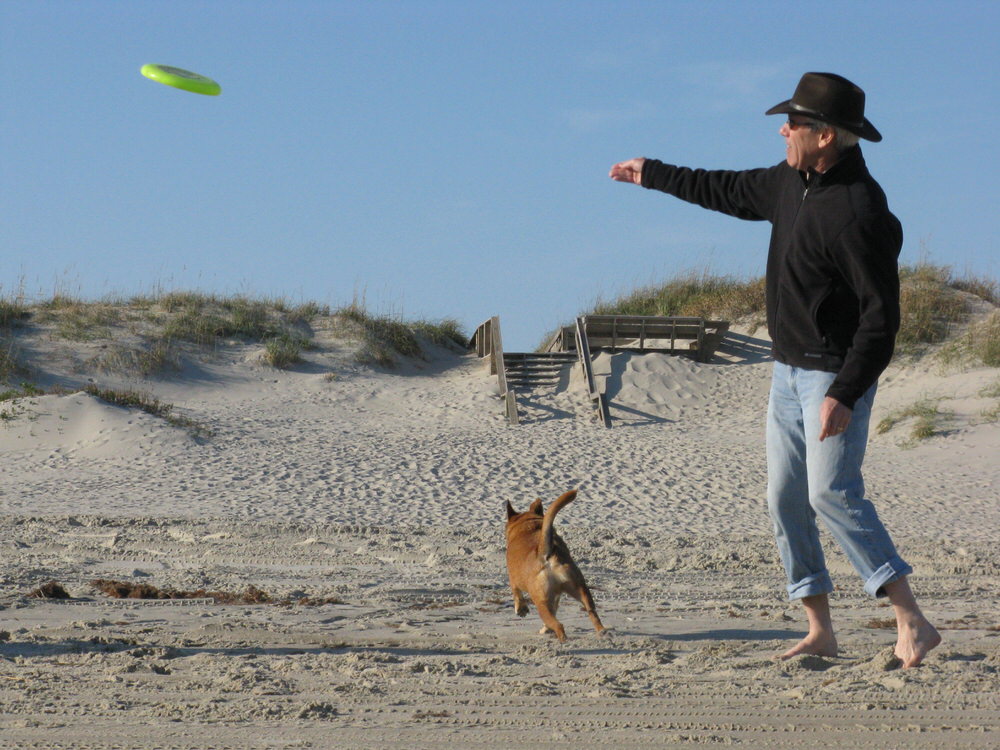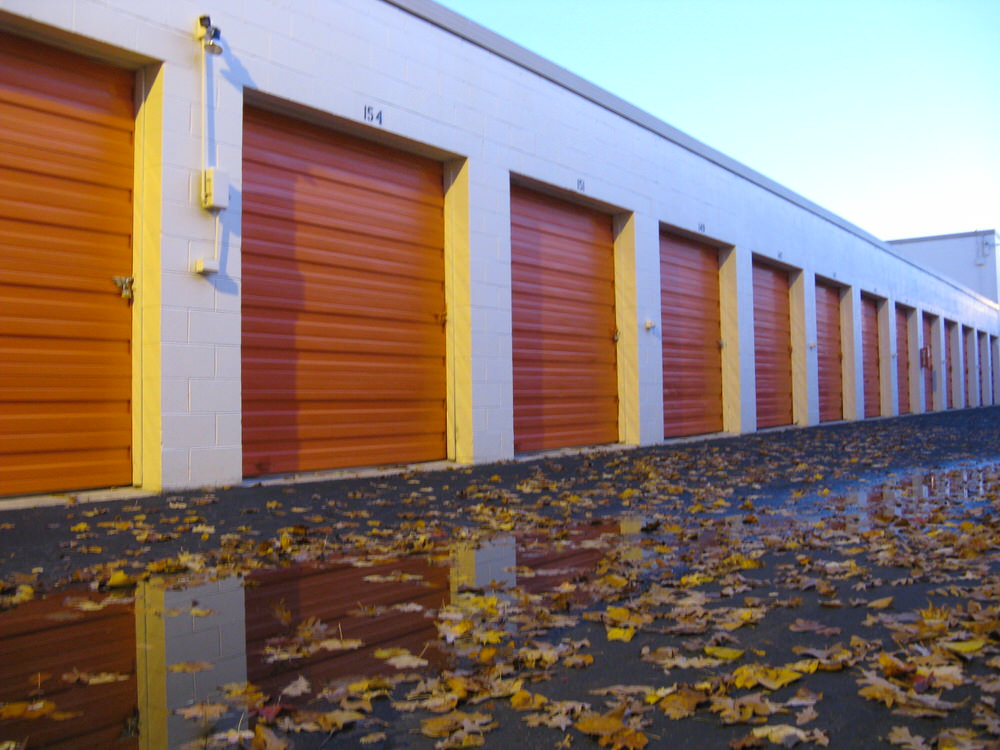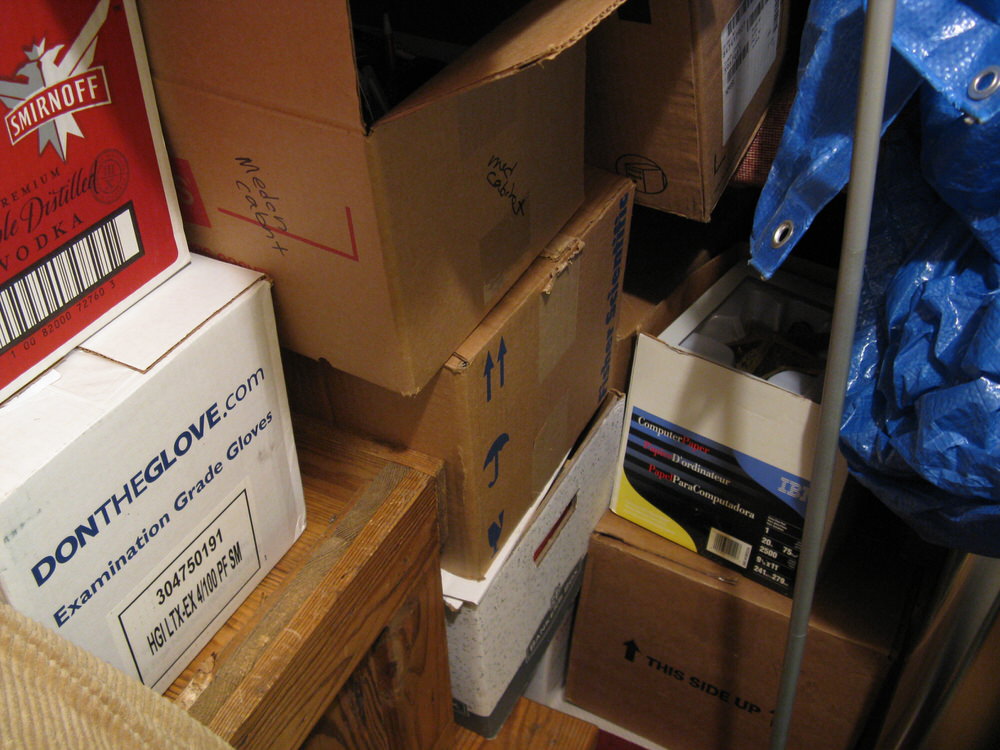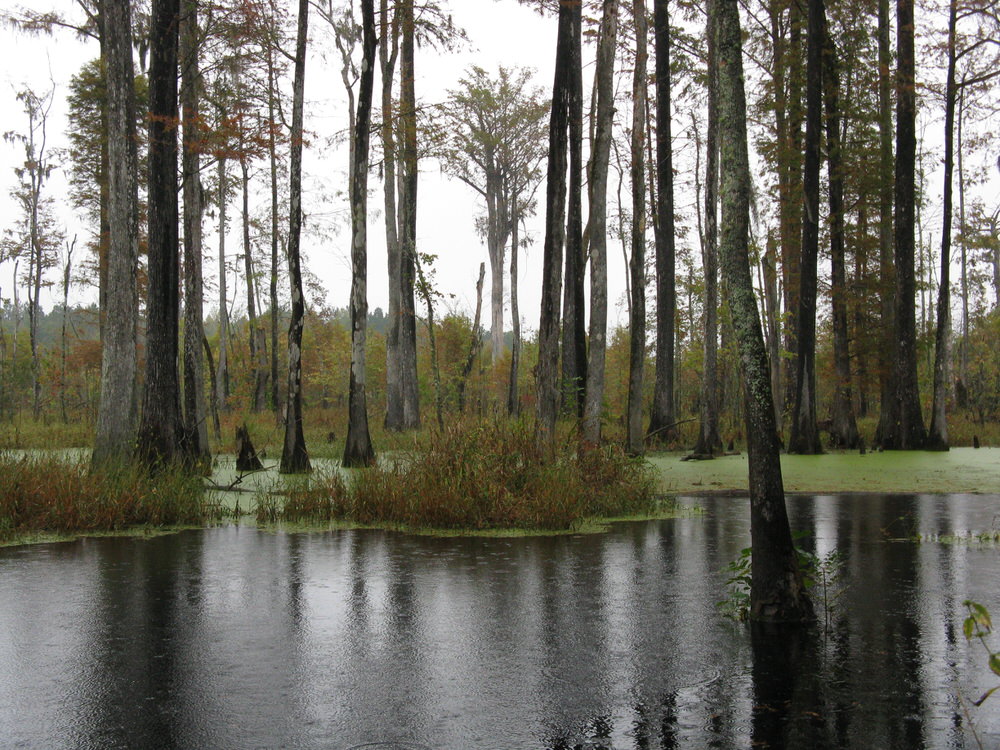In the tradition of my friend at The Daily Bacon, I'm posting a year in photos to remember and celebrate 2008. For me, the year started in Chile's Torres del Paine National Park, where I lived for six months starting in Oct. 2007. It took me through Argentina, Boliva, Peru and Ecuador with my sister and then back to my hometown of Greensboro, North Carolina in time for fall. The year ended in kittens and a Christmas tree (and, incidentally, kittens IN a Christmas tree).
JANUARY

Torres del Paine National Park, Chile
I went outside early one morning and caught the sky on fire.
FEBRUARY

Torres del Paine National Park, Chile
Swarms of mosquitoes drove us into pants and raincoats as soon as my two friends and I descended to the campsite by Lake Dickson on the second night of an eight-day trek. The bloodthirsty bastards swarmed our faces and bit us through our clothing, though we wore our hoods and zipped our jackets to our chins. Then they held us hostage in our tents, buzzing incessantly at the door waiting, just waiting, for a crack in the zipper.
Aside from the insidious insects, however, the campsite was beautiful. It was located on a peninsula between Lake Dickson and the beginning of the Paine River:

MARCH

Torres del Paine National Park, Chile
Chapa, who works in the park as a hiking and kayaking guide, often played soulful folkloric music for us that he composed himself. He played for the horses sometimes too.
APRIL

Buenos Aires, Argentina
I am capable of fitting inside a large duffel bag.
MAY

Copacabana, Bolivia
I row, row, rowed a boat on Lake Titicaca, the world's highest navigable lake, on the border of Bolivia and Peru. It took a while to master the shortest distance between two points.
JUNE

Machu Picchu, Peru
The llama figurines my sister Laura and I bought at the Witch Market in La Paz met their real-life counterparts at Machu Picchu. The real-life counterparts were unimpressed.
JULY

Ecuador
Strolling the sidewalk in Ecuador during a bus trip layover, Laura and I glanced skyward and saw this dog staring down at us with crazy eyes. We were sure he was going to jump off the roof and onto our jugulars. Lucky for us, he stayed where he was.

AUGUST

Sylva, North Carolina
The Spring Street Cafe serves up the best plate of shrimp and grits you'll ever have (they're topped with sun dried tomatoes, asparagus, goat cheese, thyme and cayenne). As usual, we stopped in after a long day of paddling the nearby Nantahala and Tuckaseegee rivers.
SEPTEMBER

Charlotte, North Carolina
The swimming leg of the SheRox Triathlon held on an old plantation near Charlotte felt great. The biking leg was invigorating as well. During the run, however, I wanted to die.
OCTOBER

Smoky Mountain National Park, Tennessee
As the sun dropped through the sky and behind the Smoky Mountains, casting brilliant yellows, reds and oranges over everything, we watched from a lookout rock on top of Mount LeConte.
NOVEMBER

Denver, Colorado
I ascended St. Mary's ice field about 45 minutes from Denver with my friend Andrew and his dog during a trip to Colorado.
DECEMBER

Greensboro, North Carolina
We got kitties for Christmas. The kitties got boxes.
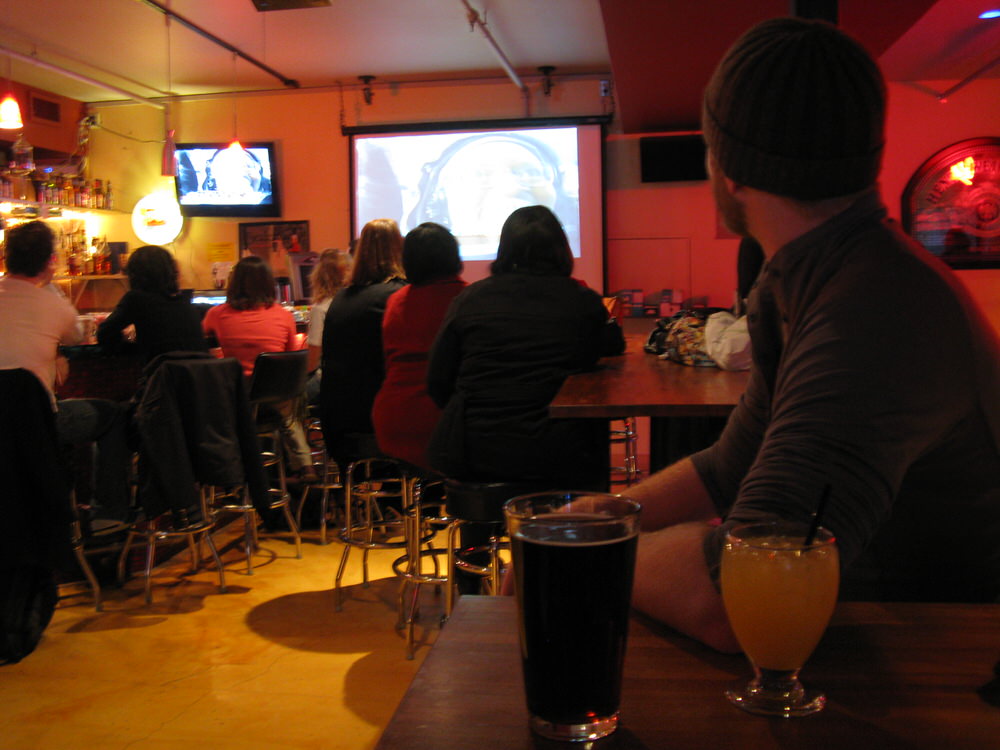 The EastBurn threw open its doors extra early this morning for Obama. The bar/grill at 18th and E. Burnside in Portland fired up four flat screens and a projector, all tuned to coverage of the presidential inauguration, and served free warm croissants, $5 breakfast sandwiches and $2 pints for those in the mood.
The EastBurn threw open its doors extra early this morning for Obama. The bar/grill at 18th and E. Burnside in Portland fired up four flat screens and a projector, all tuned to coverage of the presidential inauguration, and served free warm croissants, $5 breakfast sandwiches and $2 pints for those in the mood.

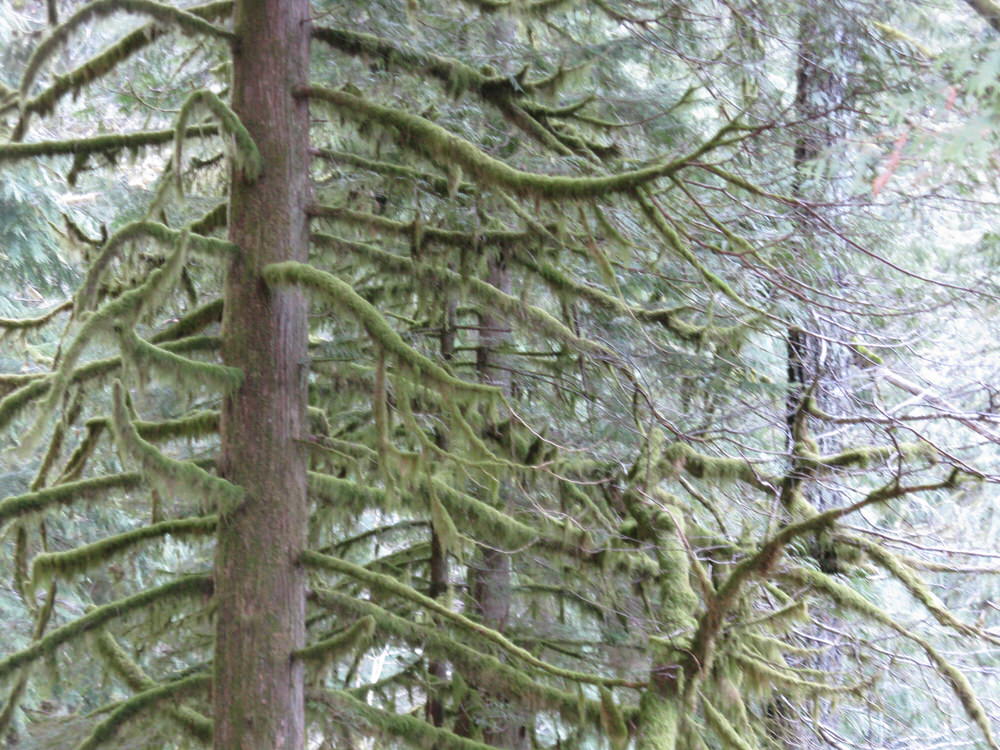 I would have loved the waterfalls. At least that's what my sister Laura told me as we turned around less than a mile into our hike on the
I would have loved the waterfalls. At least that's what my sister Laura told me as we turned around less than a mile into our hike on the 
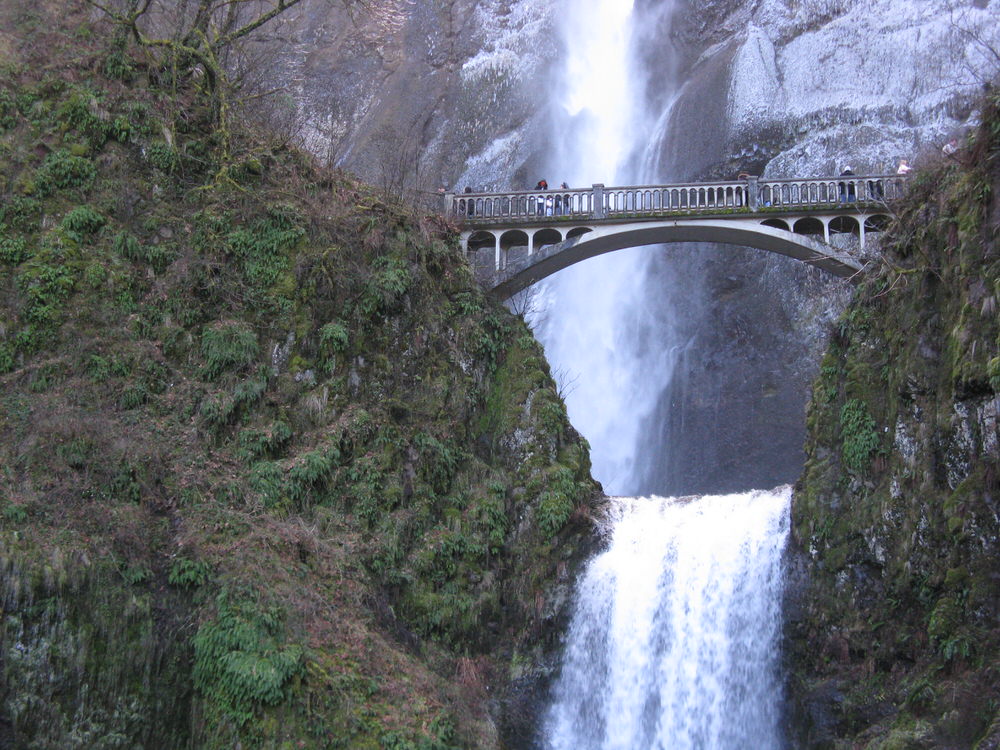
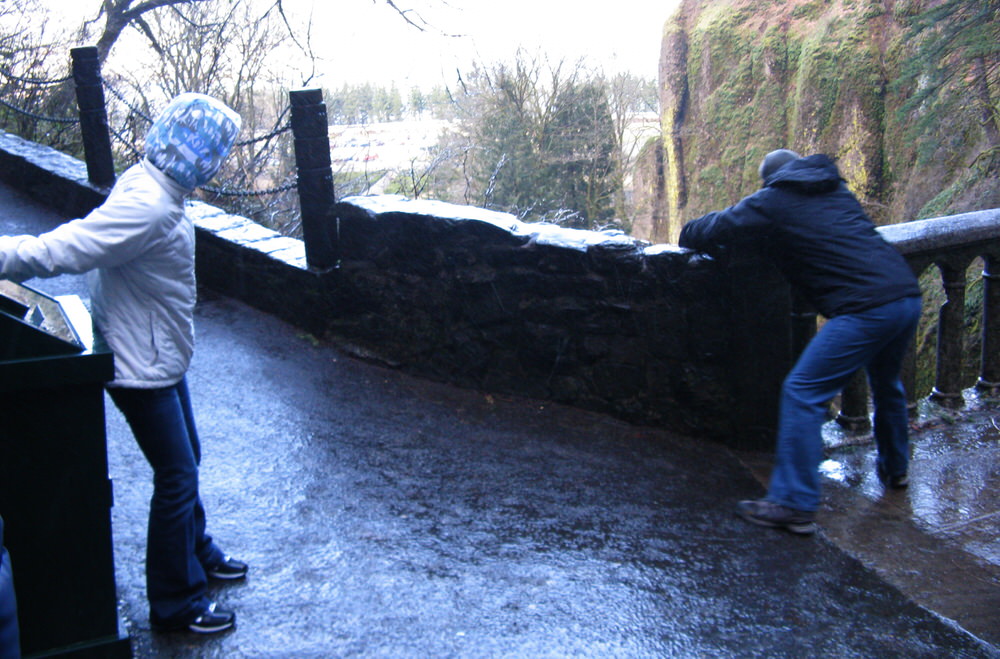
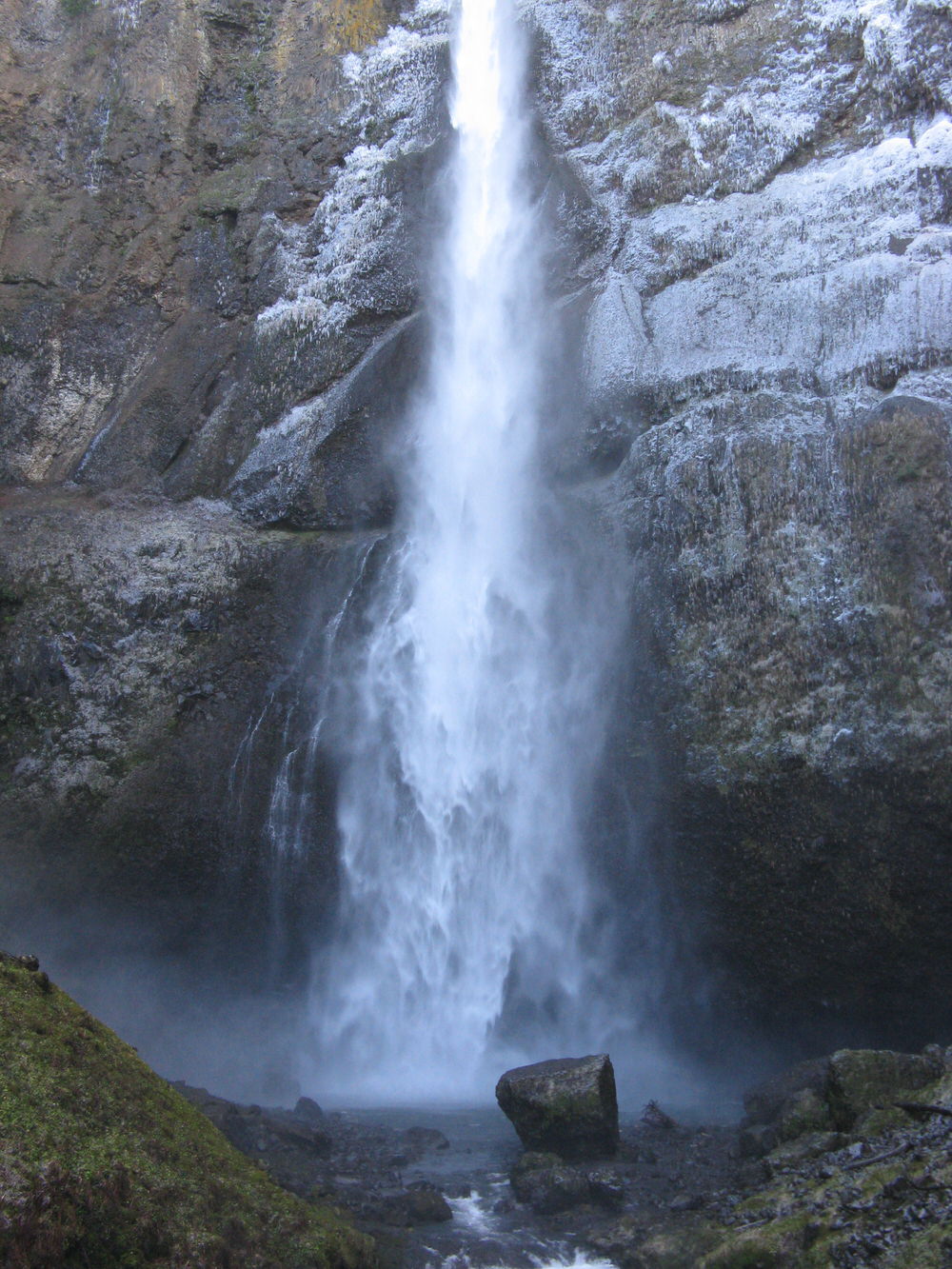
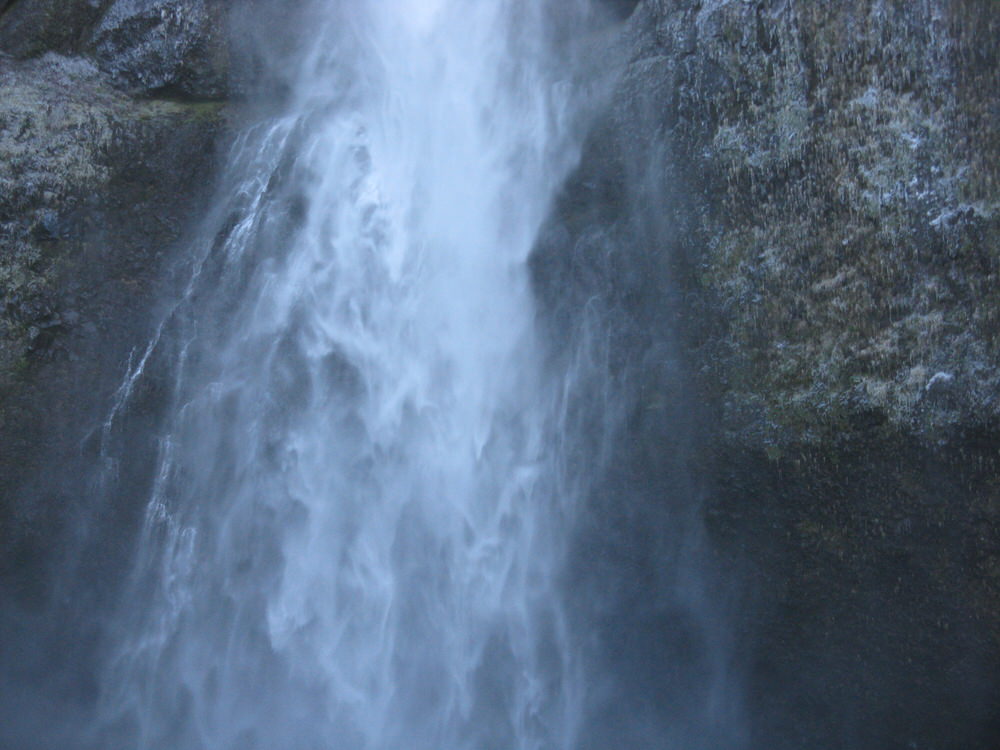


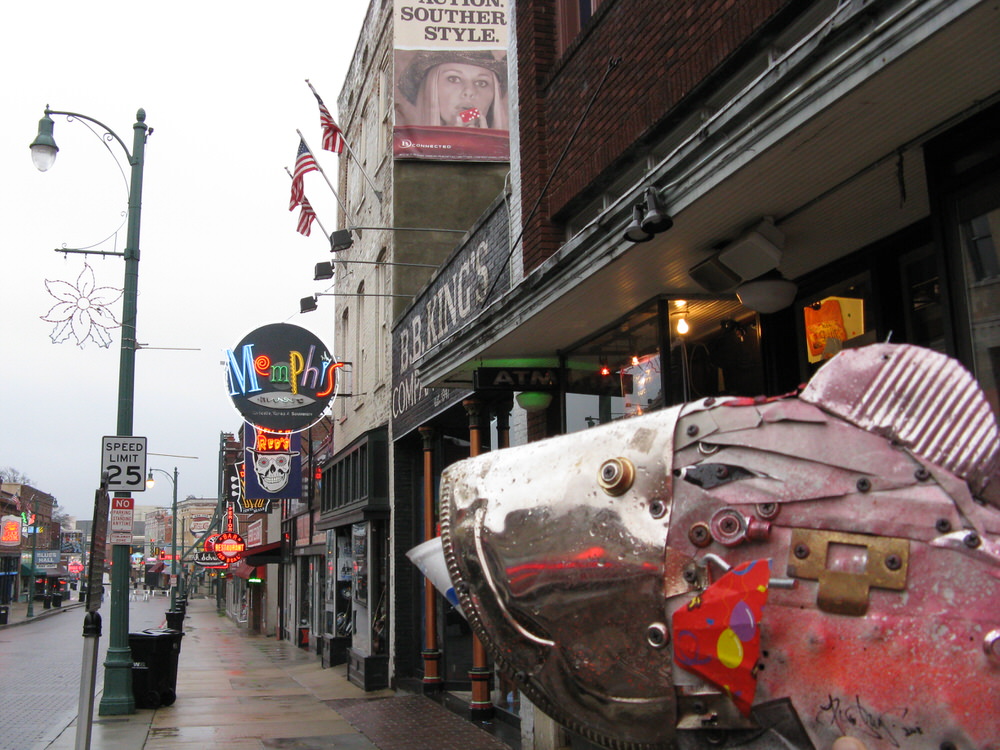
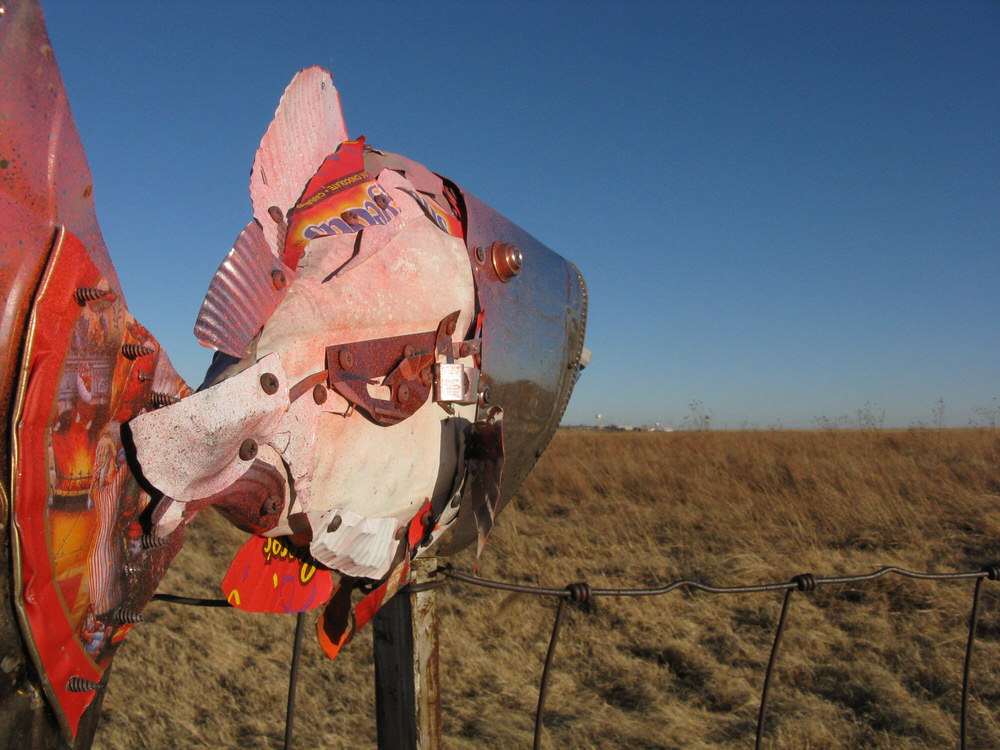

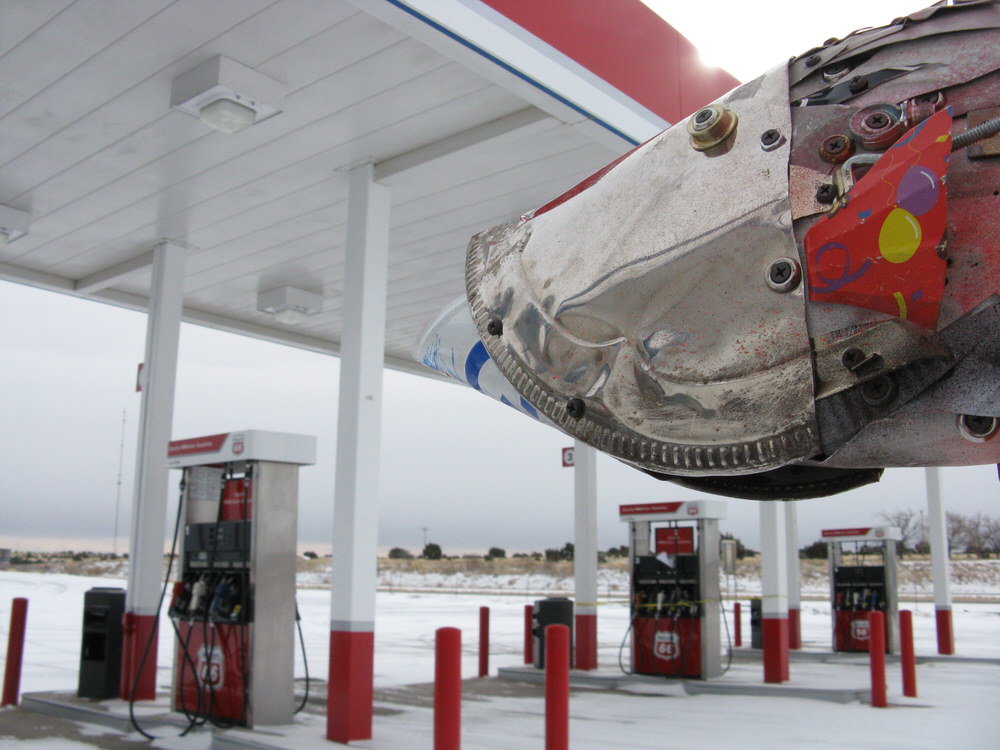

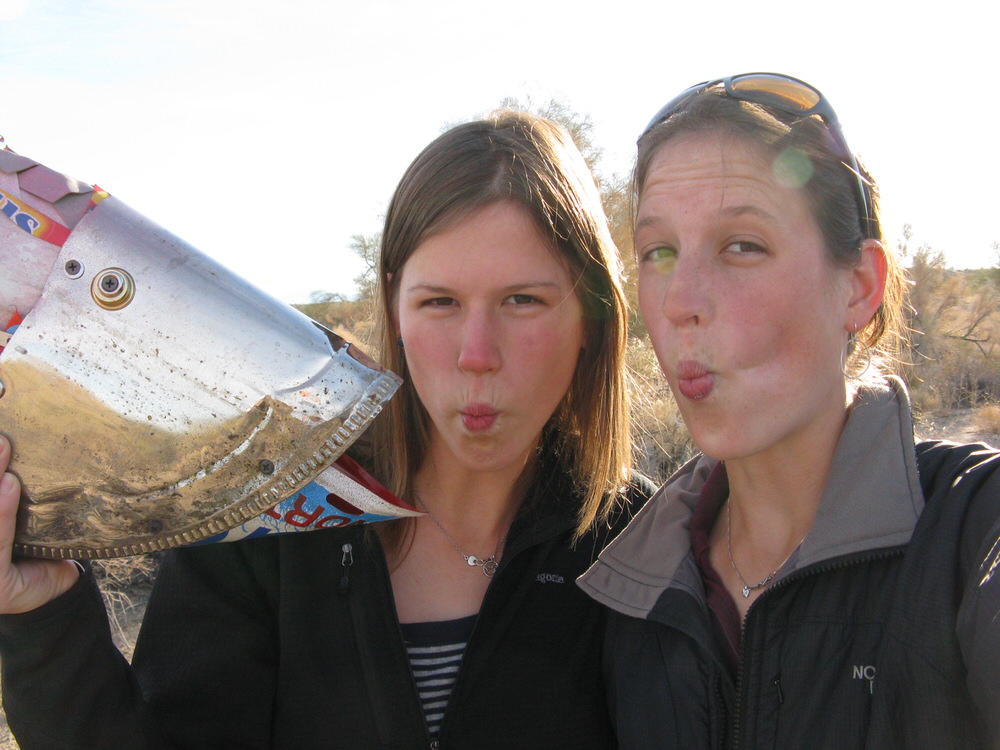
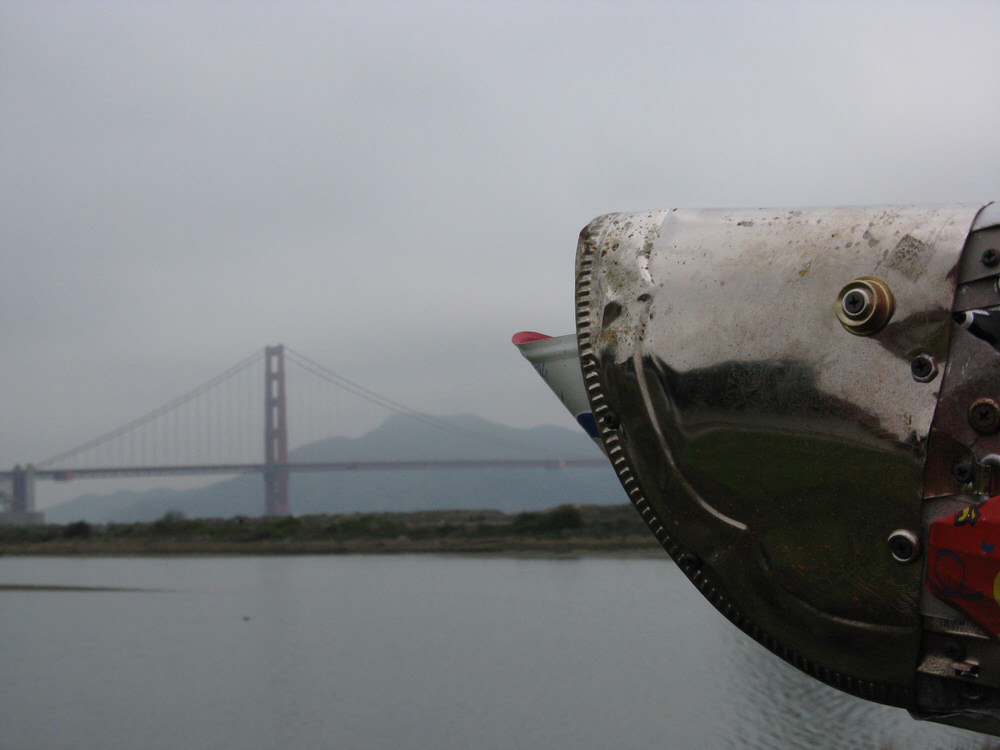
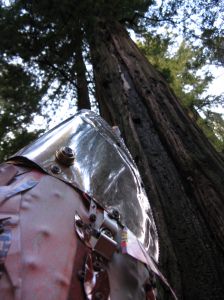
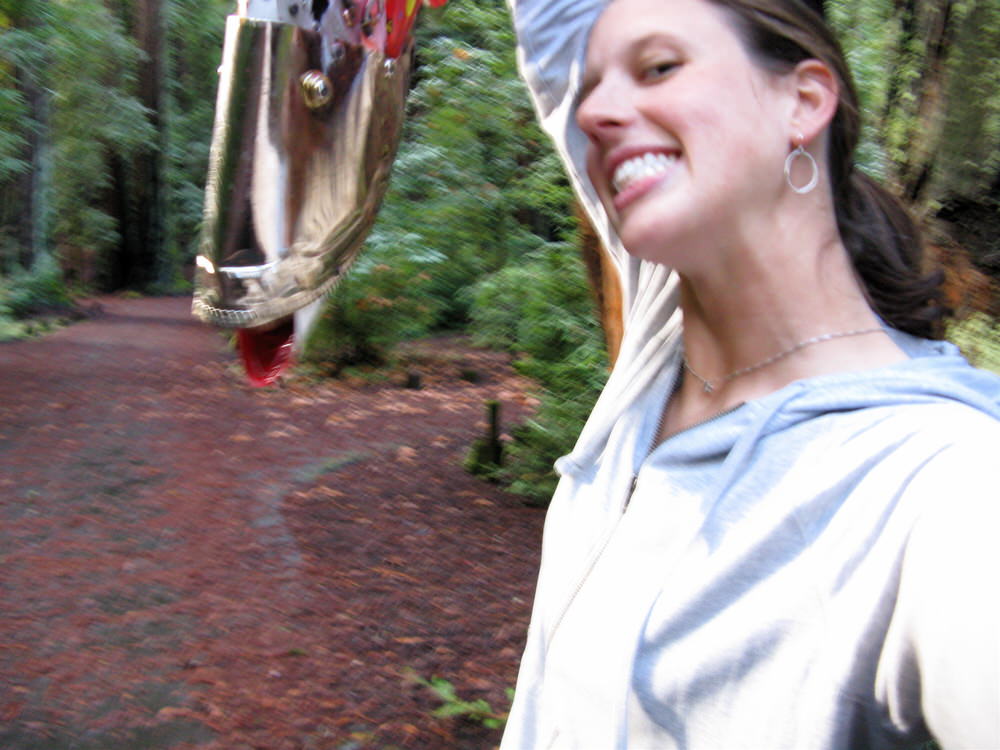
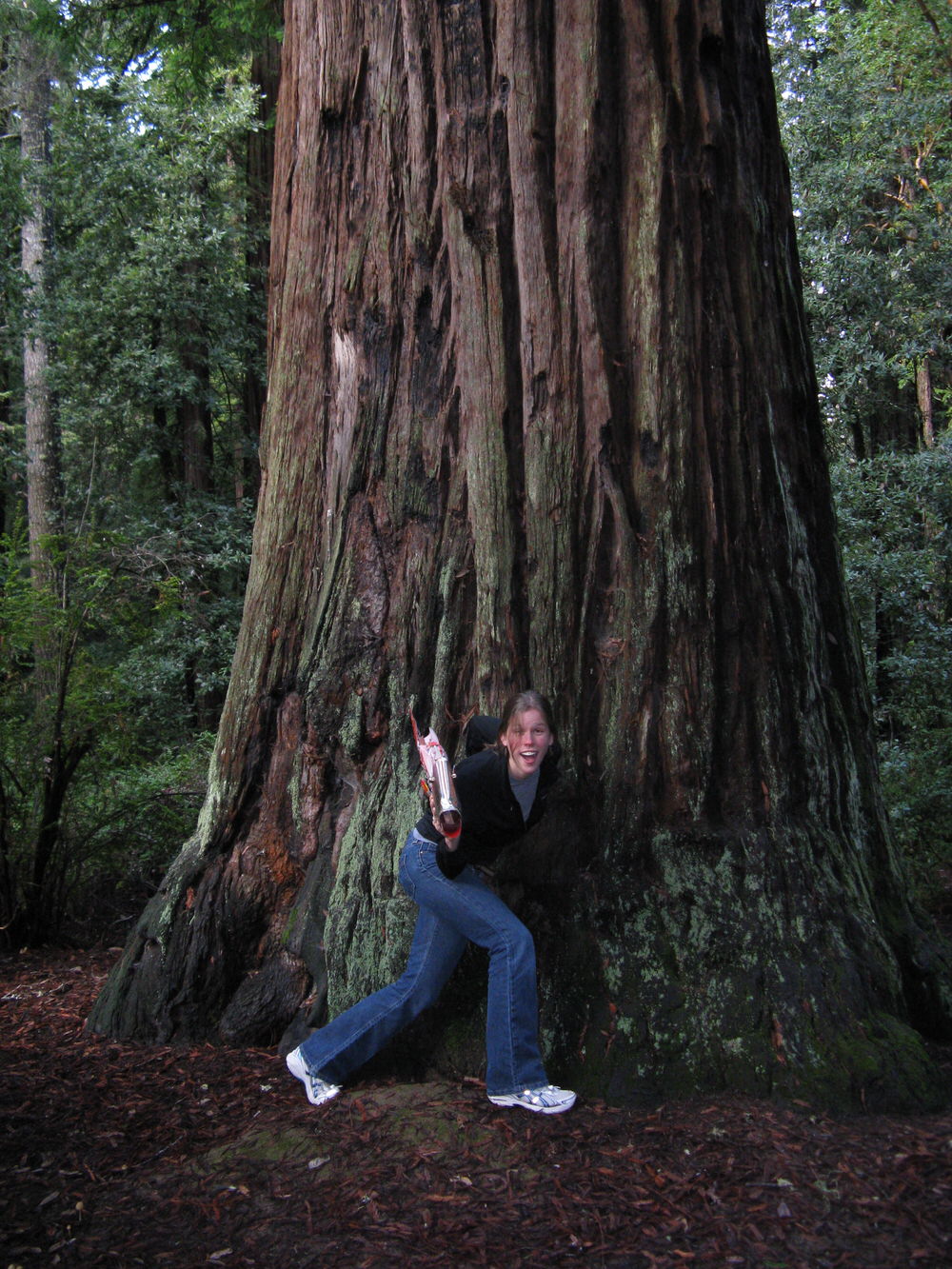
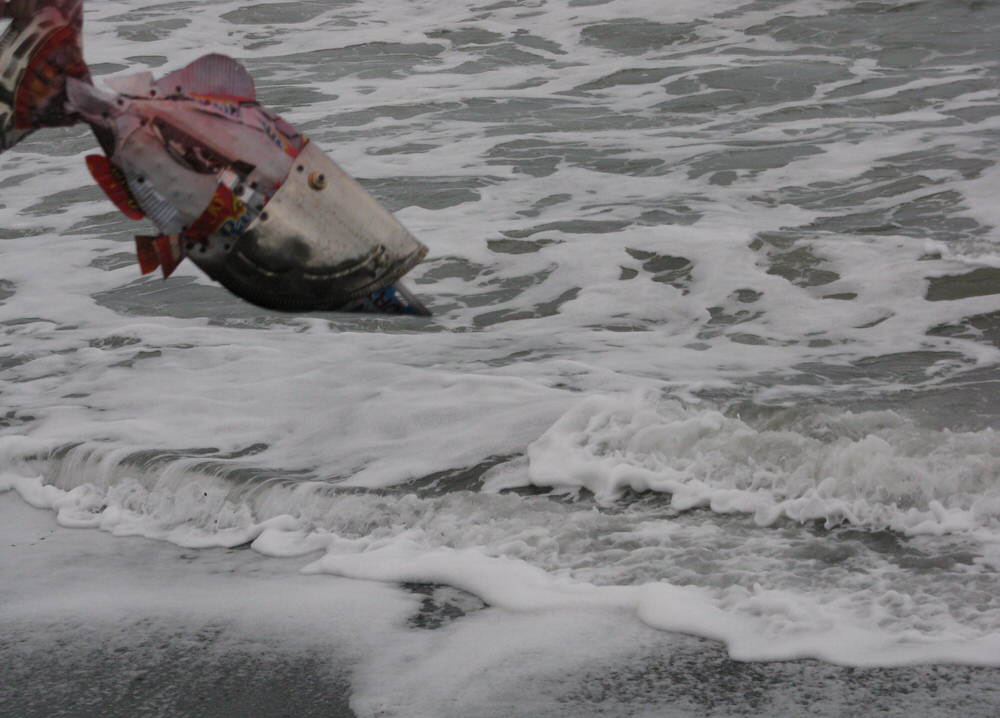
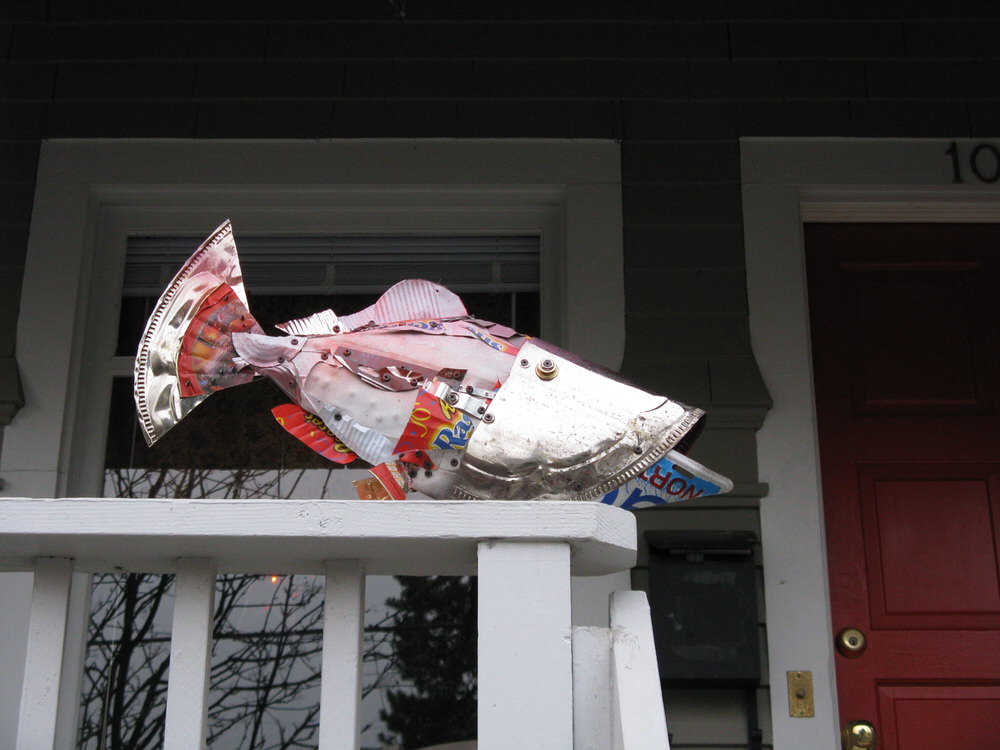
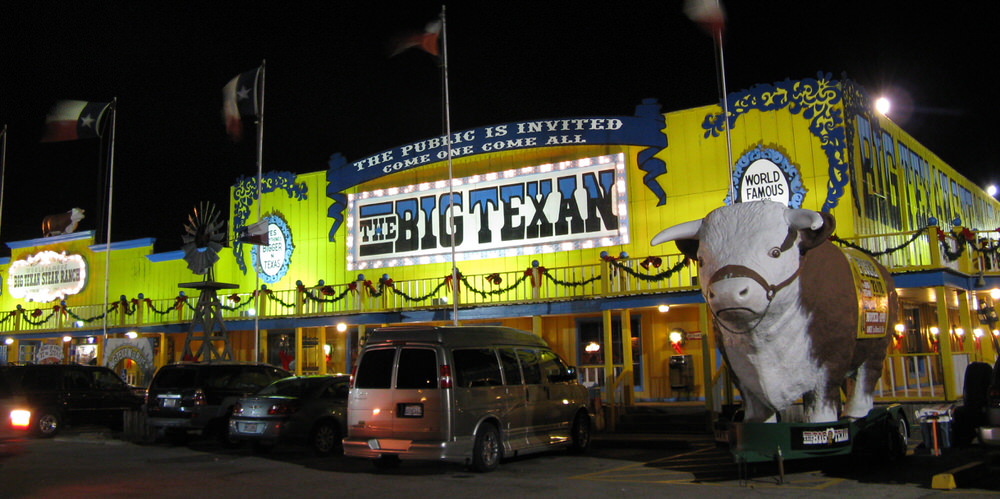
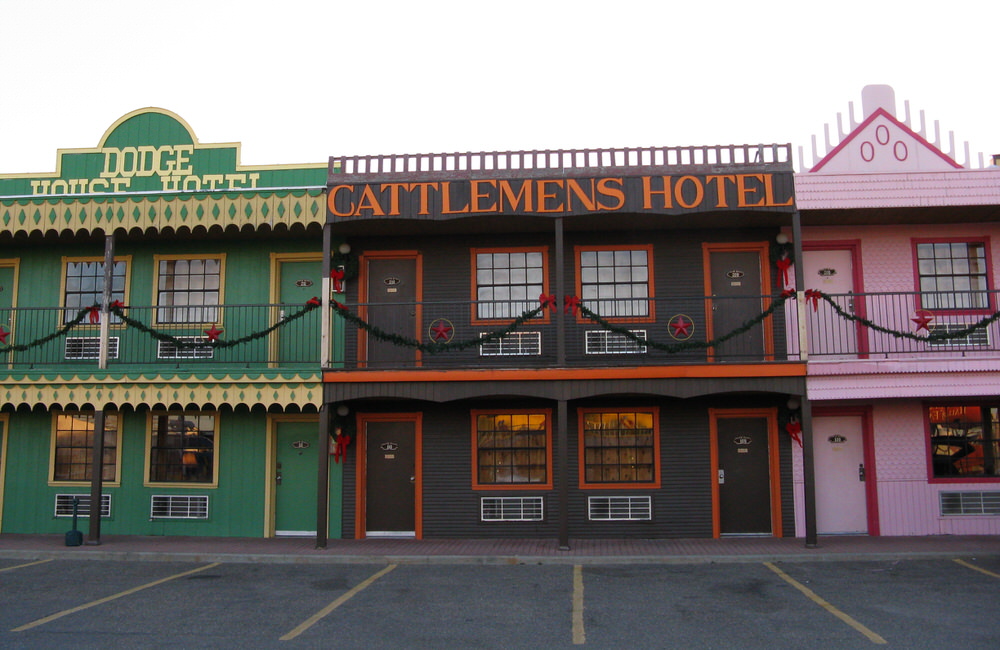
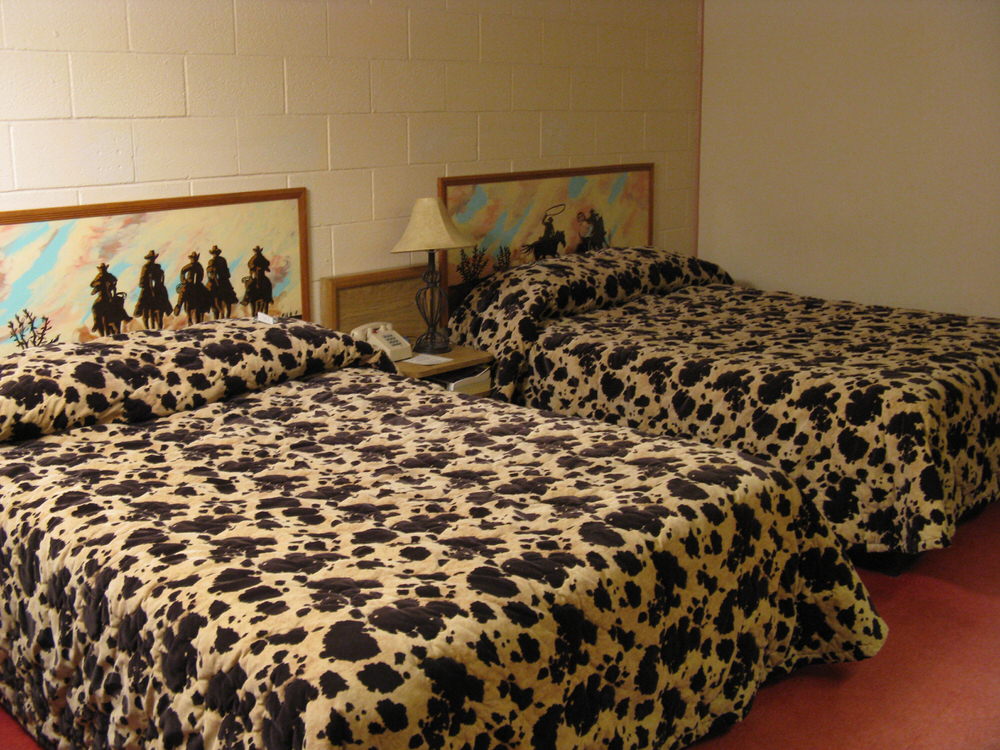
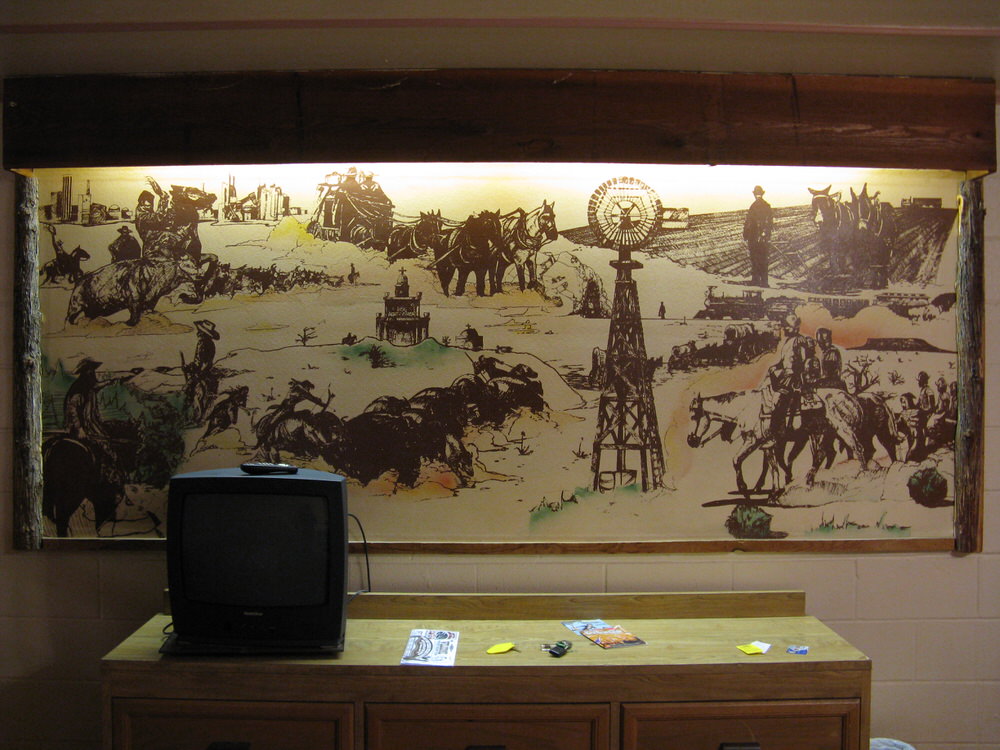
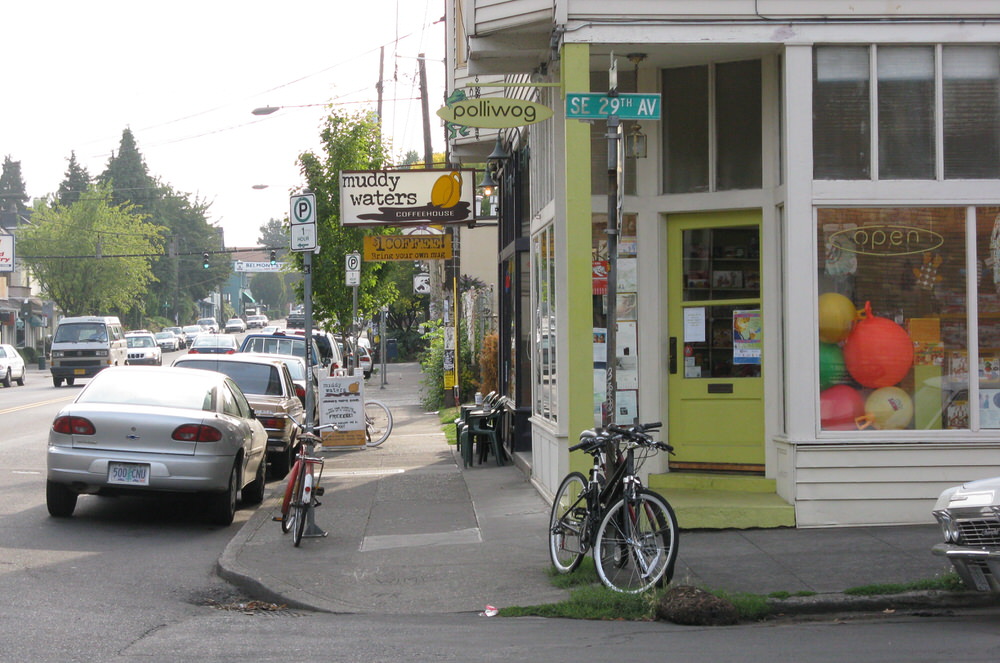














 Walk down the sidewalk of
Walk down the sidewalk of 